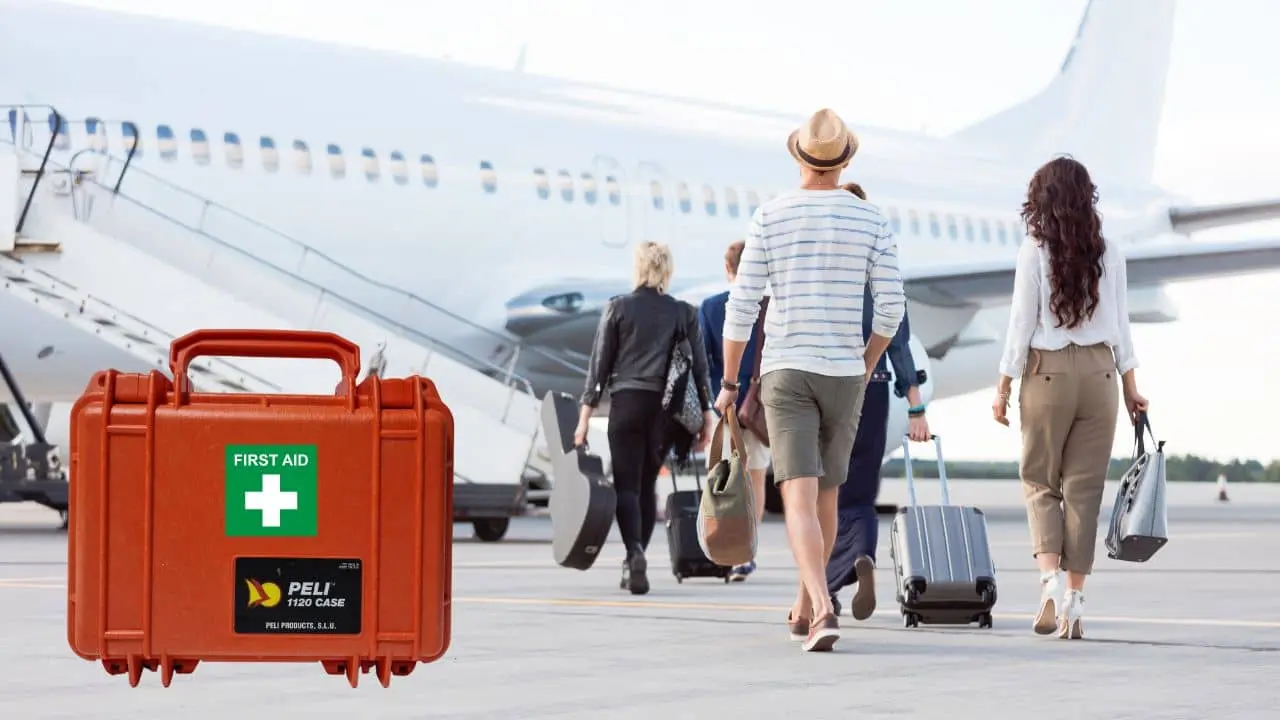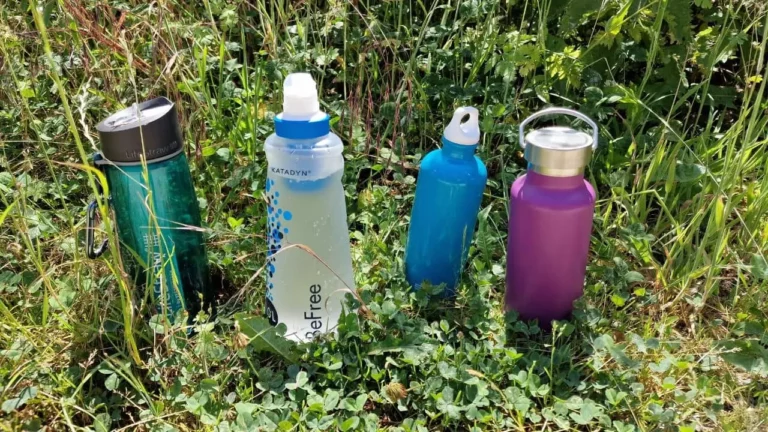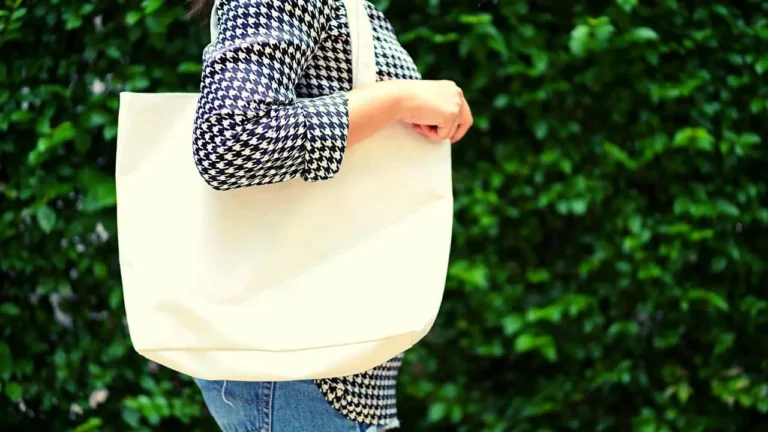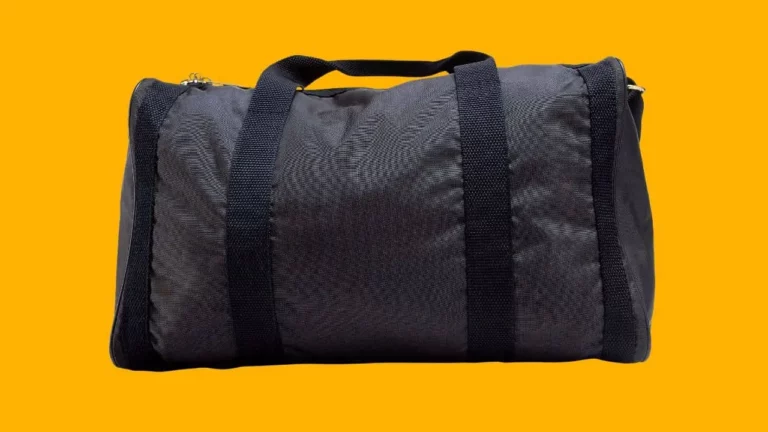Are First Aid Kits Allowed on Airplanes? Quick and Friendly Guide
Before setting off on a vacation or business trip, many travelers, including myself, wonder: “Are first aid kits allowed on planes? And as a frequent flyer across various airlines, let me share my personal experiences and knowledge on this topic with you.
Yes. Although most airlines carry at least one first aid kit on board, you’re entirely allowed to bring your own, stowed safely within your luggage, even within the cabin. However, if your kit contains any liquids, be mindful to adhere to the TSA’s 3-1-1 rule for carry-ons and its exceptions to avoid any hold-ups during boarding.
On this note, I highly recommend reading another article I’ve penned, specifically tackling the TSA’s 3-1-1 rule. It’s a worthwhile read that can potentially save you from any hassle during check-in.
But let’s get back to the main question that’s been on your mind and delve into more detail.
Navigating Air Travel with First Aid Kits: A Quick and Friendly Guide
As I mentioned at the start of this article, it’s entirely feasible to carry a first aid kit in your checked baggage to counter potential issues during your flight. This kit, however, should carry only the essentials for dealing with minor injuries or common ailments like headaches or tummy troubles that you or your kids might encounter.
To help you pack just the right stuff into that compact box you’ll be using, I’ve put together a quick checklist of must-haves for your flight.
Later on, I’ll introduce two accessories that I consider indispensable in any first aid kit.
Vacation first aid kit essentials
To head out with peace of mind, whether solo or with kids, you need to stock up your first aid kit properly. Here’s what you shouldn’t leave without:
- a thermometer
- tweezers
- a tick remover (useful for humans and our beloved pets)
- insect bite relief
- mosquito repellent (available in small sizes)
- sunscreen and burn cream
- lip balm
- a venom extractor suction pump
- an emergency thermal blanket
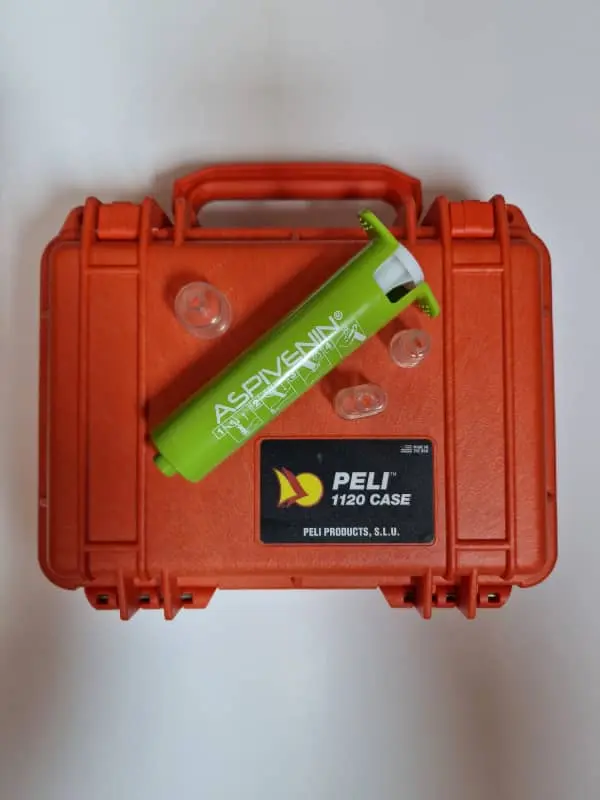
For treating potential wounds and scratches, remember to include:
- bandages
- antiseptic solution
- a box of compresses and scissors to cut them
- adhesive tape
- bruise balm
If you’re flying, it’s best to keep this first aid kit within reach, meaning in your cabin luggage. It’ll be far more useful there than buried deep within your checked suitcase!
Two essential items many of us overlook
Perhaps it’s because I place significant emphasis on first aid, but I’ve noticed that many people are unfamiliar with the two accessories below. They are must-haves in any first aid kit, and I bet I’m not the only one to think so. I believe emergency first aid professionals would agree with me on this.
👉 CPR Face shield mask
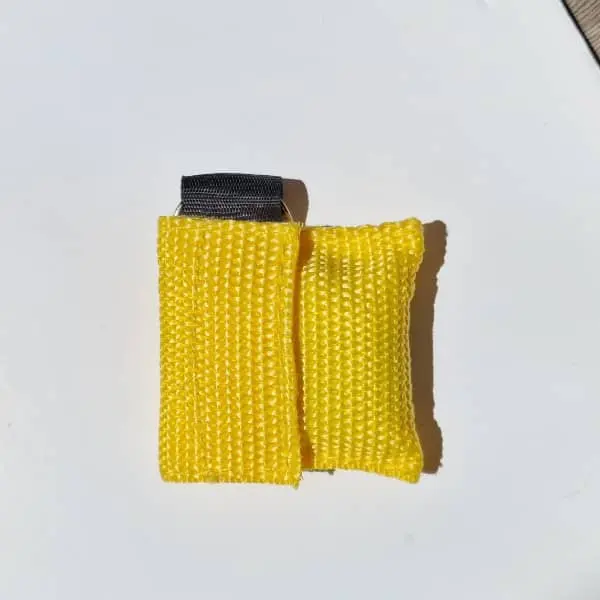
This is a typical first aid accessory that can save a life. As it can be attached to your keyring and also packed in your first aid kit, there’s really no excuse not to have it.
But what’s a CPR Face shield mask?
It’s a barrier for CPR that helps prevent disease transmission during CPR. Beyond its primary function, it encourages the user to perform mouth-to-mouth resuscitation on any patient, without hesitation, regardless of the situation: mouth injuries, drooling, food, etc.
👉 Emergency trauma bandage
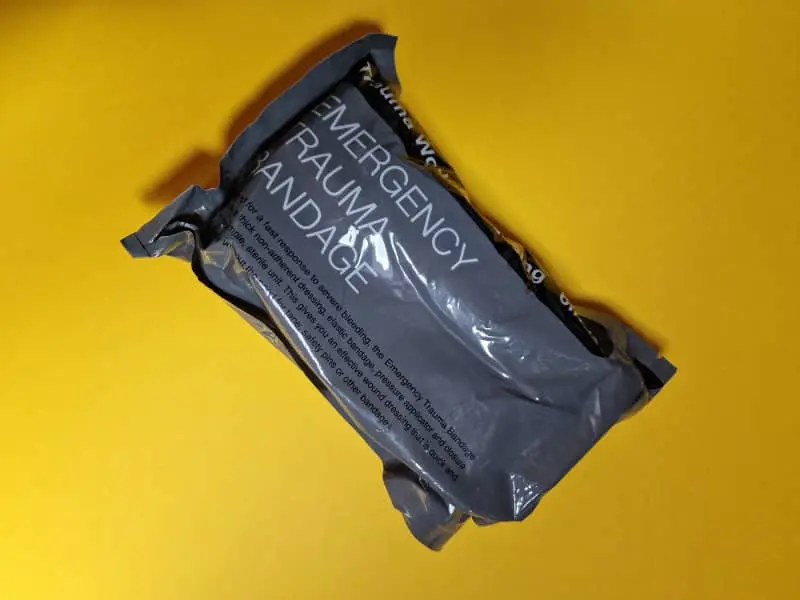
If you’ve ever wondered what an emergency trauma bandage is, let me enlighten you. It’s this nifty first-aid gadget, designed specifically to halt bleeding from those serious wounds caused by traumatic injuries.
You see, this little lifesaver was crafted for use in the U.S. military with the sole purpose of quickly stemming the flow from hard-to-control wounds. It’s all about applying that focused pressure to stop the bleeding in emergency situations. Who knew such a compact tool could be so powerful, right?
Of course, don’t forget to learn how to use it (don’t worry, it’s not complicated), because it’s not much use if you have no idea how to operate it.
You can find this kind of first aid accessory on Amazon for under $10. A negligible price when compared to the value of a life!
My advice: opt for an easily identifiable first-aid kit!
Here’s a friendly tip: opt for a first aid kit with bright colors.
For instance, I use an orange Peli 1120 case for mine, ensuring it can be easily spotted whether it’s in my luggage or out and about. Not only does this vibrant color make it highly visible, but with Pelican’s reputable durability and design, you can trust this amazing brand to protect your first aid supplies.
First Aid Kits: FAQs
To supplement this article, I’ve gathered the most frequently asked questions about first aid kits and the items that come with them. If your question isn’t among these, don’t hesitate to ask me directly so I can respond and also add it to benefit other readers.
Can first aid kits be locked?
Absolutely, a first aid kit can be locked using a padlock. However, you must be able to unlock it at any moment if requested by police or customs officers.
Take my own first aid kit as an example, there’s a hole at each end of the lid to accommodate a small padlock. This can be incredibly handy if you want to prevent your young children from accessing certain medications.
What should not be included in a first aid kit?
Sharp objects
The TSA clearly explains which items shouldn’t be in your checked luggage, whether they’re part of your first-aid kit or not. For example, any sharp objects must be handled with care. If they’re packed in checked baggage, they should be sheathed or securely wrapped to prevent injury to baggage handlers and inspectors.
As for scissors, if they’re in your carry-on luggage, they must be less than 4 inches from the pivot point. Safety is indeed the key priority!
If you’re wondering what kind of scissors you can carry, here’s an example of the ones I often include in my first-aid kit. Up to now, I’ve never had any issues during inspections.
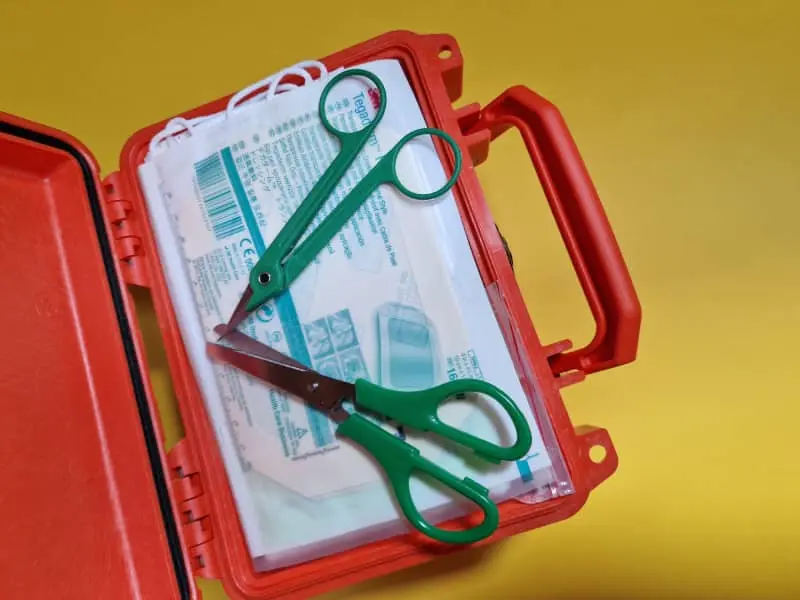
Be mindful of the types of medicines you bring with you when traveling
Your first aid kit shouldn’t contain expired items or items no longer in a condition to be used, like if they’re no longer sterile or if they’ve become soiled or damp for any reason.
It’s also important that your first aid kit doesn’t carry any tablets or medicines that could be mistaken for illegal drugs in some countries! I’m referring specifically to some strict countries in Asia (like Indonesia, Singapore, Malaysia) and even some Middle Eastern countries.
If you have any doubt before you take off, don’t hesitate to reach out to the embassy of the country in writing, making sure to keep written records. Above all, always bring with you the prescriptions for any medications you’ve been given.
I can’t stress this last piece of advice enough. It’s all about staying safe and avoiding any unexpected hassles during your journey!
Do airlines provide first aid kits onboard?
Yes, all airlines typically provide first aid kits on board in case of medical emergencies, both for passengers and the crew.
The contents of these kits can vary from one airline to another. It’s worth noting that in most cases, these kits are sufficient for minor injuries or ailments (like headaches, diarrhea, etc.), but it’s always advisable to bring your own first aid kit containing items specific to your personal medical needs.
Is there a specific size requirement for first aid kits on planes?
There isn’t a specific size requirement for first aid kits on planes. However, it’s best to keep your kit as small and compact as possible, much like mine, so that it fits easily within your carry-on luggage.
Ensure your carry-on bag meets the airline’s size and weight restrictions to prevent any hiccups during boarding.
Source
Transportation Security Administration: Disabilities and Medical Conditions

